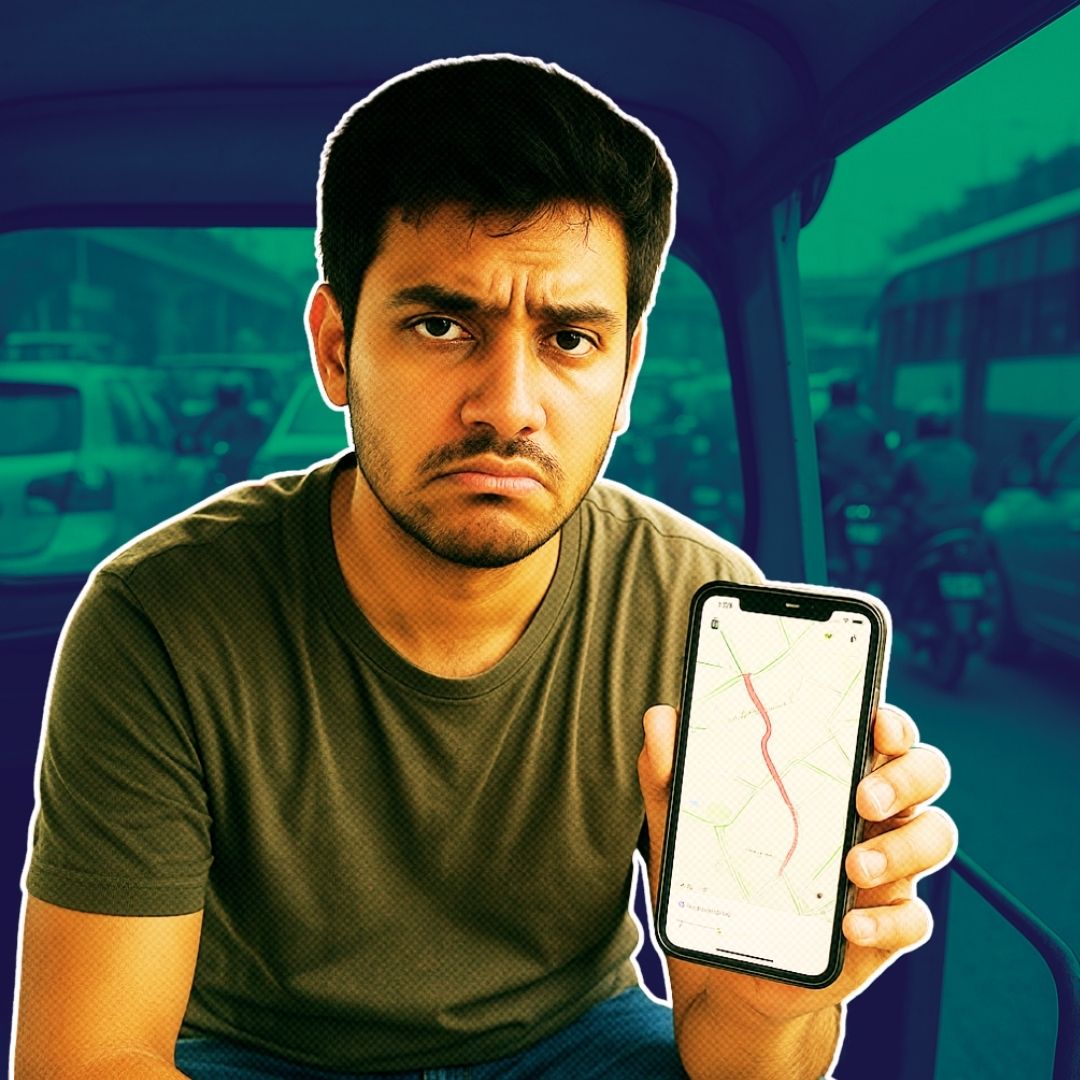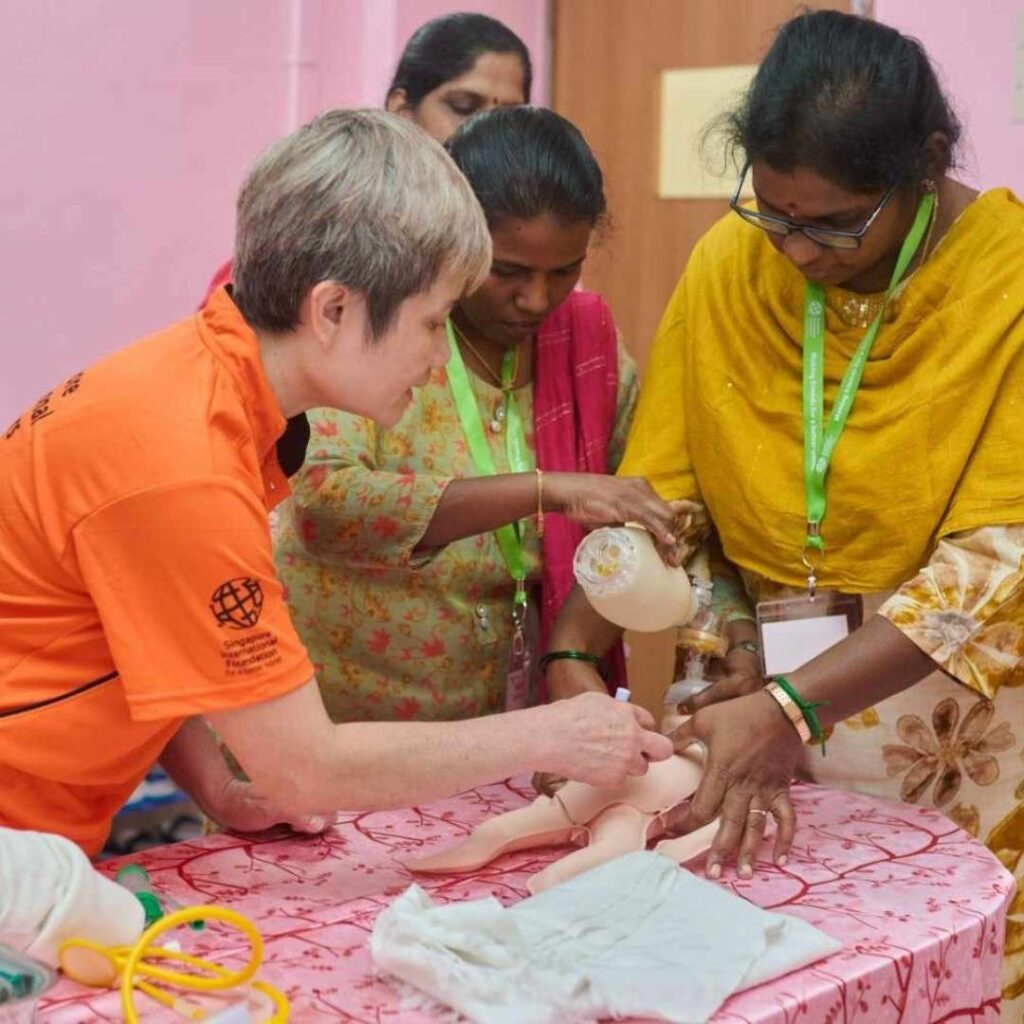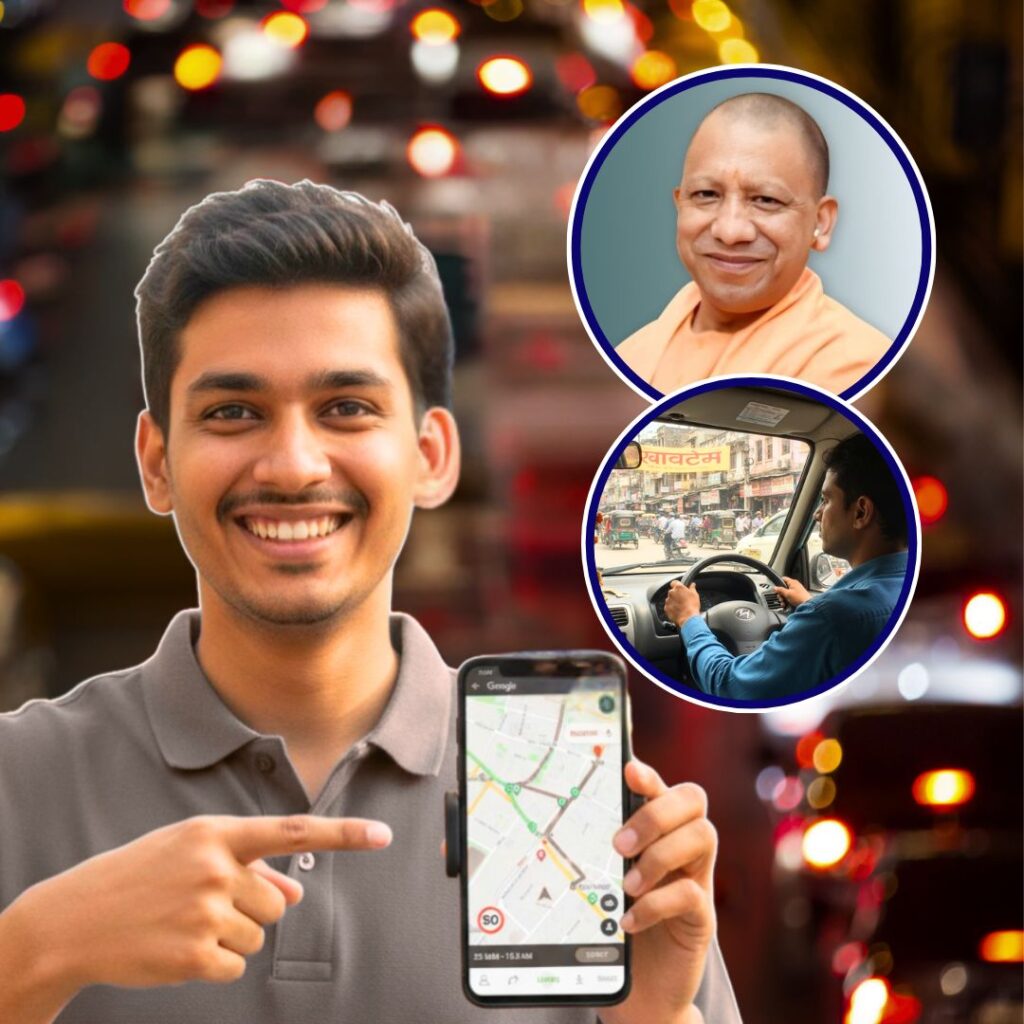A Bengaluru resident’s 40-minute ordeal to cover just 3 kilometres between Sri Jagannath Temple in Agara and Sarjapur signal has reignited public frustration over the city’s chronic traffic congestion. The incident, shared by Shubham Choudhary on X, quickly went viral as countless users echoed similar experiences and highlighted Bengaluru’s worsening gridlock.
In response, city traffic police confirmed that officers had been deployed to manage peak-hour congestion, while citizens and experts renewed calls for urgent infrastructure and policy reforms.
Daily Commute Turns Viral: Citizens Share Frustrations
Shubham Choudhary’s post—“Will I reach office before lunch? Doubt it”—struck a chord with Bengaluru’s commuters, sparking a flood of relatable anecdotes and witty commentary online. Many users lamented the city’s exploding population and crumbling infrastructure, with one remarking, “Bangalore’s given me more than I could ever complain about… A 3 km jam won’t shake that.”
Others suggested walking, only to point out the lack of footpaths, while another quipped, “In Bangalore, Google Maps shows distance in hours, not kilometres.” The Bengaluru Traffic Police responded, attributing the delays to peak-hour traffic and assuring the public that officers were working to regulate the flow1.
Congestion Crisis: A City at Breaking Point
Bengaluru’s traffic woes have reached unprecedented levels, with average daily congestion soaring to 1,638 kilometres in August—nearly quadruple the figure from January 2024. Experts cite a combination of monsoon rains, roadwork, potholes, vehicle breakdowns, and a surge in private vehicles as key factors.
The average speed of vehicles has dropped to just 18.6 km/h, making even short commutes arduous. Despite ongoing advisories and lane management by traffic police, urban mobility specialists argue that the lack of integrated public transport and slow progress on metro and suburban rail projects continue to exacerbate the crisis.
Officials and Infrastructure: Promises and Challenges
Authorities have announced a series of measures, including converting major roads into signal-free corridors and constructing a 40.5 km double-decker flyover, as outlined in the Karnataka Budget 2025. Short-term interventions like deploying more officers and rerouting buses aim to provide immediate relief, but officials acknowledge that poor road conditions and rapid urbanisation present ongoing hurdles.
Joint Commissioner of Police (Traffic), M N Anucheth, cited monsoon-induced waterlogging and potholes as major contributors to congestion, while experts and policymakers debate long-term solutions such as promoting work-from-home and expanding public transport networks.
The Logical Indian’s Perspective
Bengaluru’s gridlocked roads are more than an inconvenience—they reflect the urgent need for empathetic, people-first urban planning.
While humour and resilience help citizens cope, it is vital that policymakers, planners, and communities come together to prioritise sustainable transport, inclusive infrastructure, and equitable mobility.
40 minutes just to reach Sarjapur signal from Sri Jagannath Temple (Agara). Barely 3 km.
— shubham choudhary (@shubhamc817) June 30, 2025
And looking at the road ahead, the real battle’s just begun.
Will I reach office before lunch? Doubt it.#orrtraffic #PeakBengaluru@ChristinMP_ @blrcitytraffic @bellandurutrfps @0RRCA pic.twitter.com/ghqUgrJt4L











